Some of Costa Rica’s best biodiversity displays right between the reception and the restaurant at Senda Monteverde.
We have counted over thirty species of birds in this amazing tree during just one morning and it is often frequented by mammals such as monkeys, coatis, kinkajúes, and squirrels.
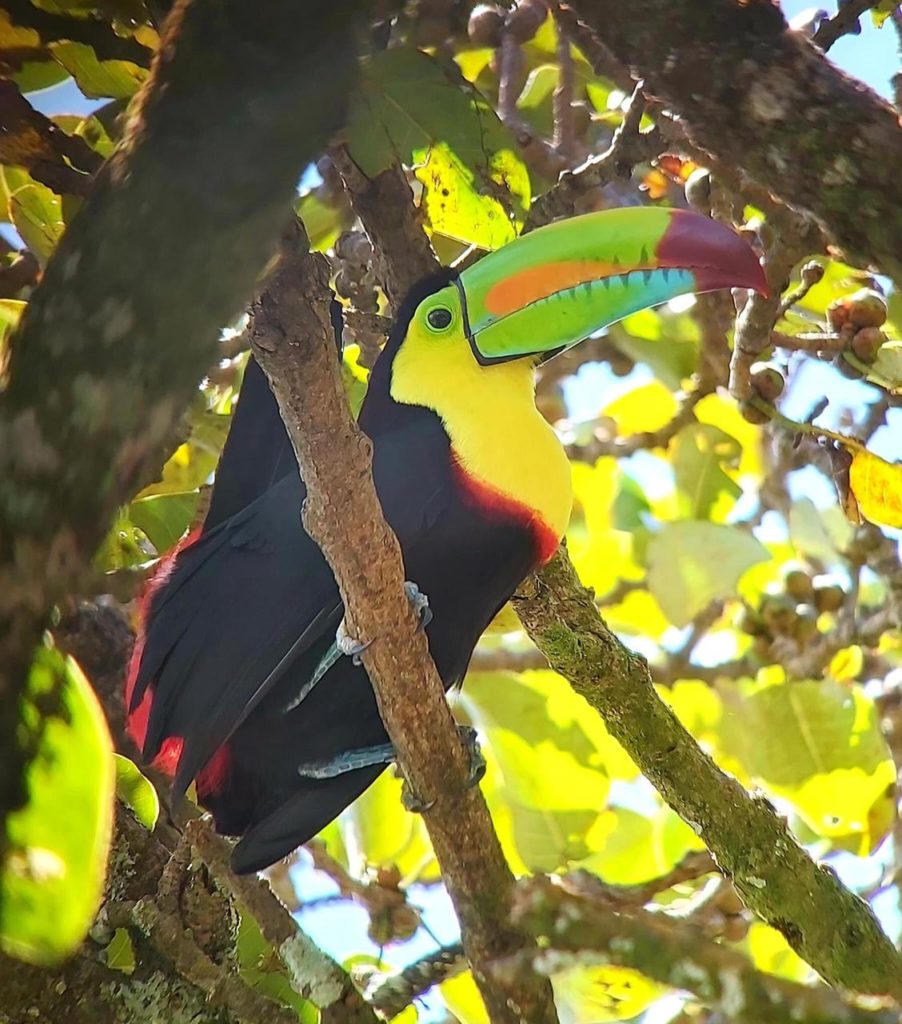
But let’s start from the beginning here. The Senda Hotel in Monteverde is part of the Cayuga Collection of Sustainable Luxury Hotels and Lodges in Costa Rica, Nicaragua and Panama. We strive to find the perfect symbiosis between luxury and sustainability. And we also strive to reconnect our guests with nature and wildlife. Learn more about our sustainable practices here.
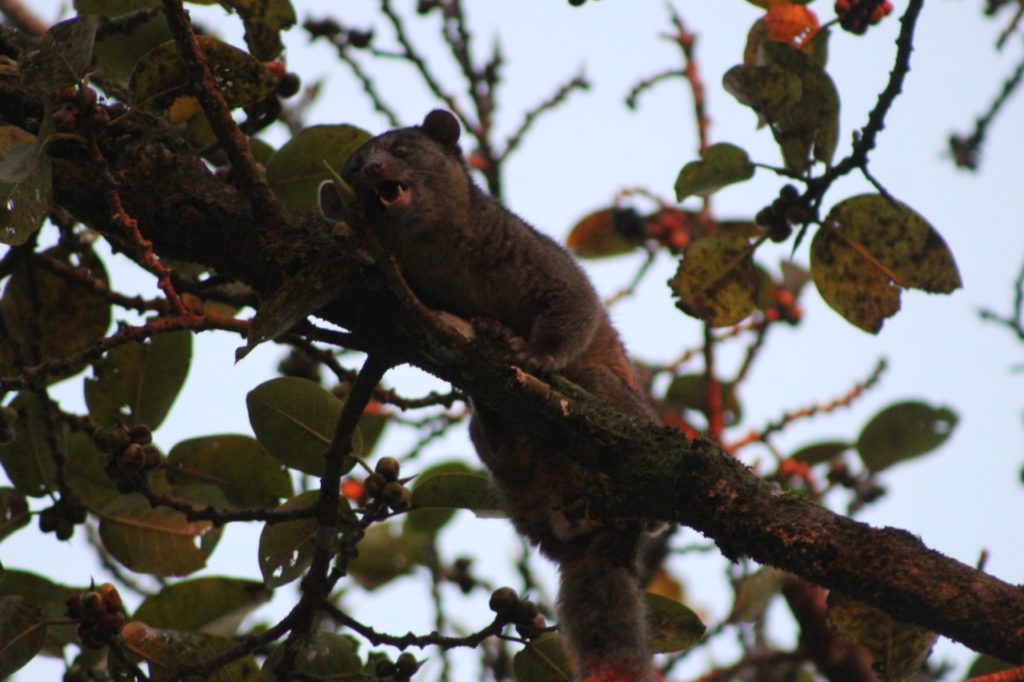
And sustainability starts at construction. We have found that the most sustainable construction is one that you don’t have to do at all. So Senda is actually a ‘remodel’ of one of Monteverde’s first and iconic hotels called El Sapo Dorado (the Golden Toad). This means that no additional “footprint” was created by us to reopen as the Senda Hotel, over ten years after the Sapo Dorado went out of business.
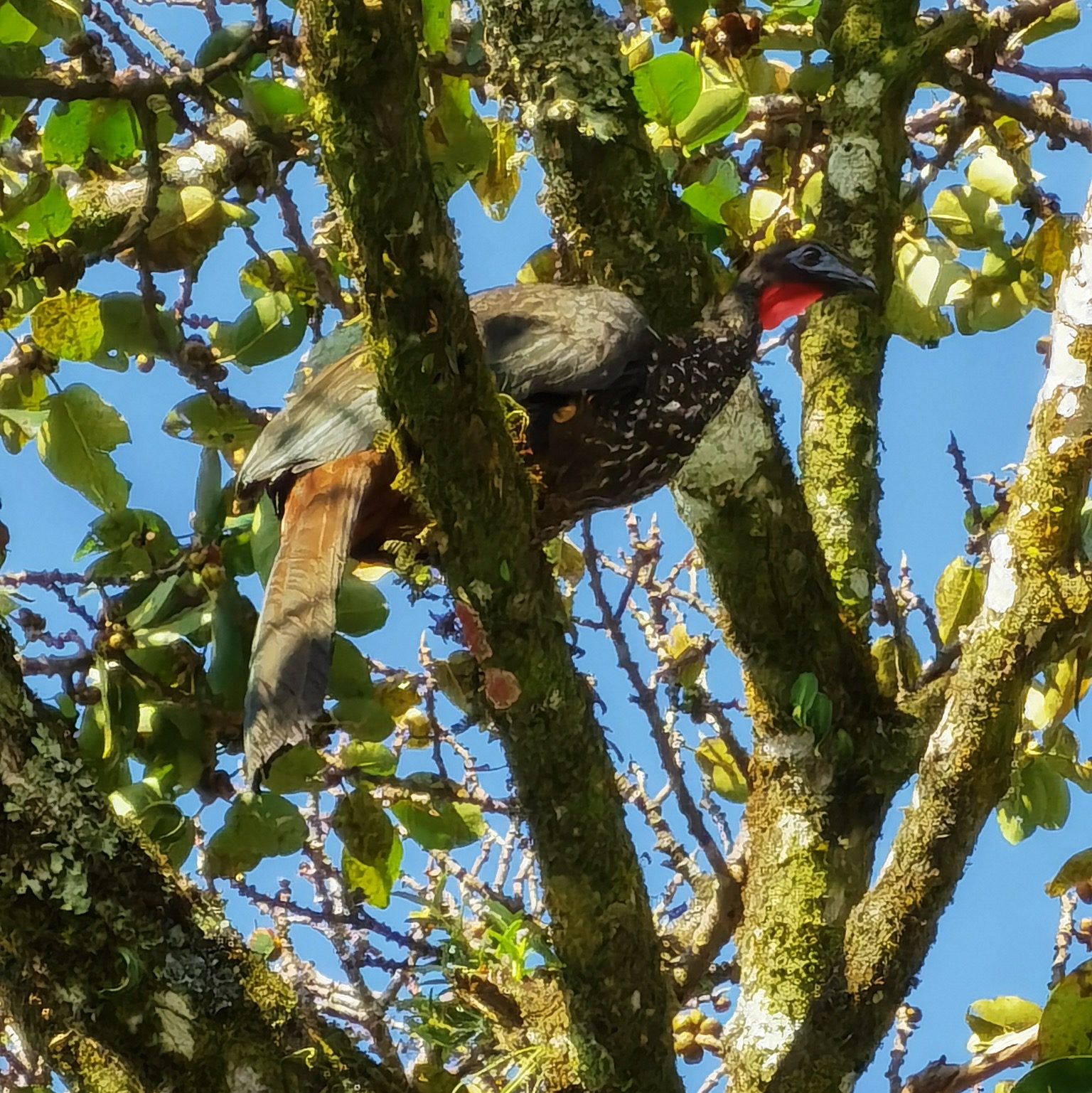
And there is an added benefit from “reusing existing buildings”. With the existing infrastructure that has been around for years, usually come wonderful old trees that have been able to grow for years as well. And in the case of Senda, we inherited this incredible strangler fig tree that sits right at the entrance of the hotel and is the first thing that guests see when they arrive.
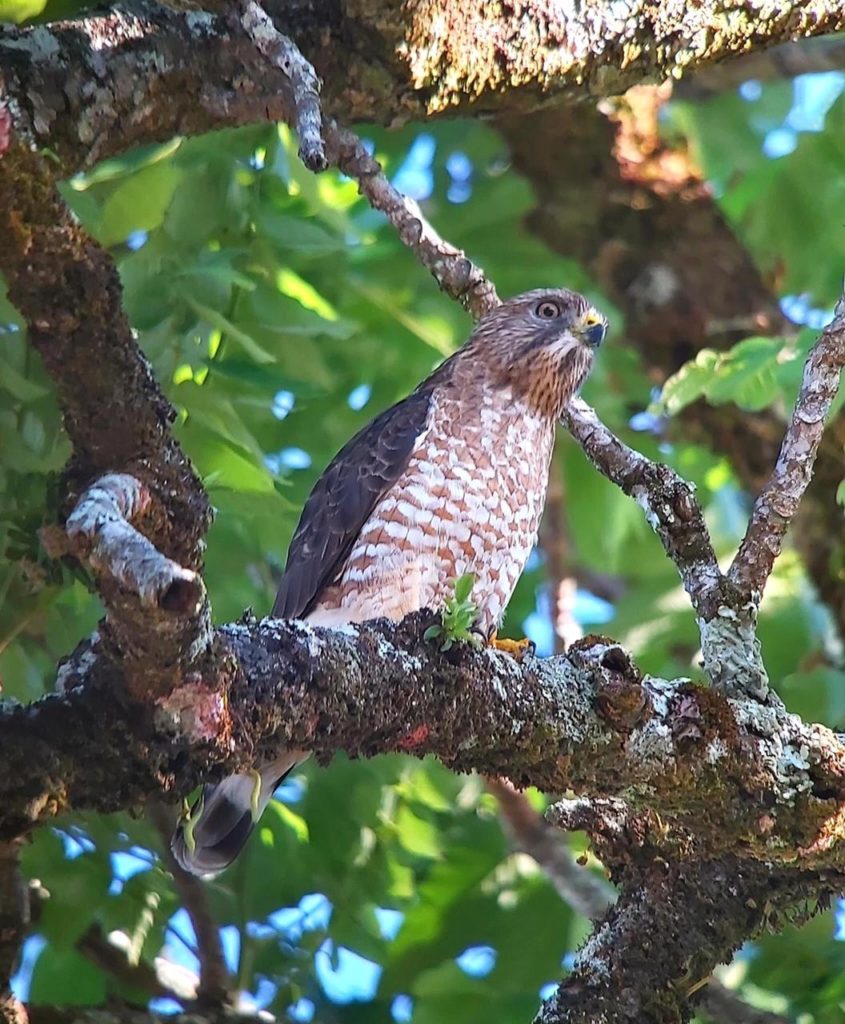
The wonderful thing about this tree is that it bears fruit almost all year round and so it is almost like the “local farmer’s market” for a great variety of animals from insects to birds and of course mammals. The most frequent visitors are birds, but also bats, white face monkeys, and coatis. Last week, we counted a family of 30 visiting all at the same time.
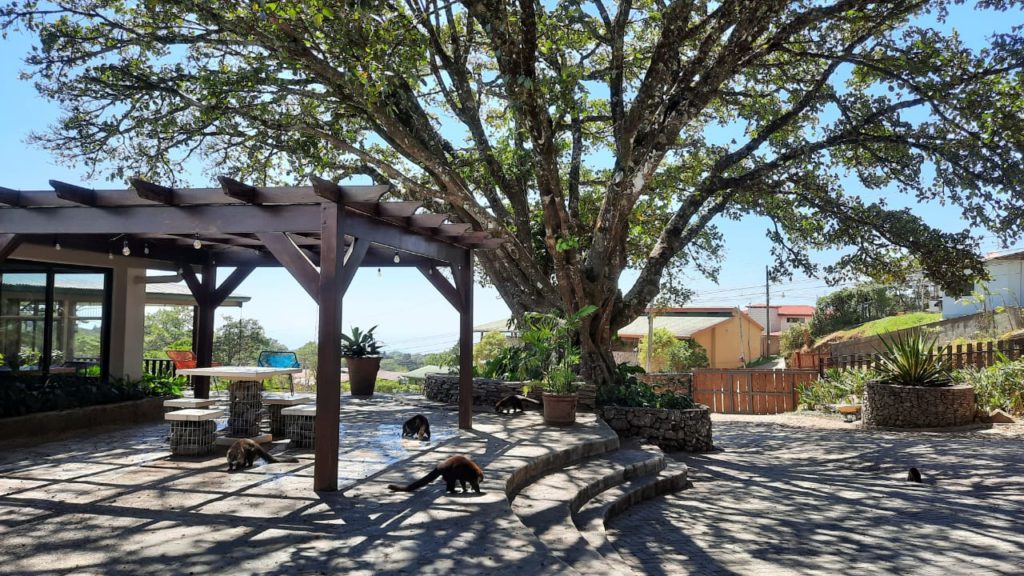
There are over 800 species of fig trees in the world and more than 50 species just in Costa Rica. They can be mostly found in the rain forest but also in the cloud forest of Monteverde. For each species, there is a specific wasp that visits the tree to pollinate it. And this pollination produces that fig fruit that is so popular among the wildlife.
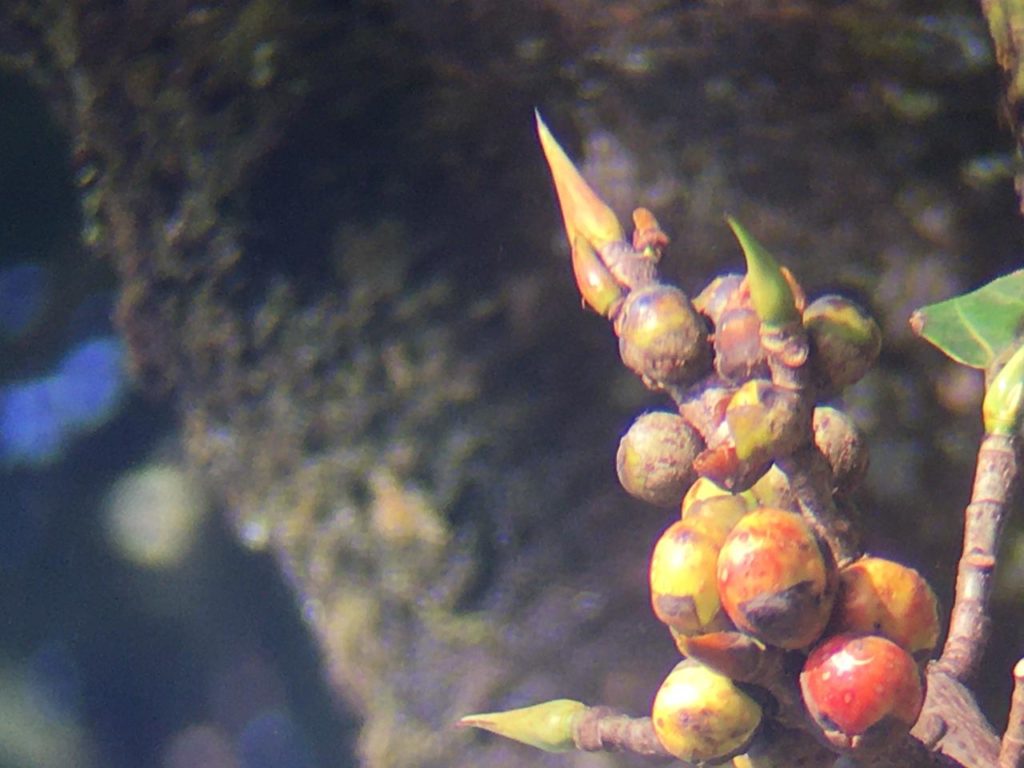
The fig tree at Senda is so famous that many local guides come to the hotel to start their nature hikes in the mornings as wildlife sightings are almost guaranteed. We expect the trees to be around 100 years old and according to local biologists, it most likely has another 100 to 150 years of life in it.
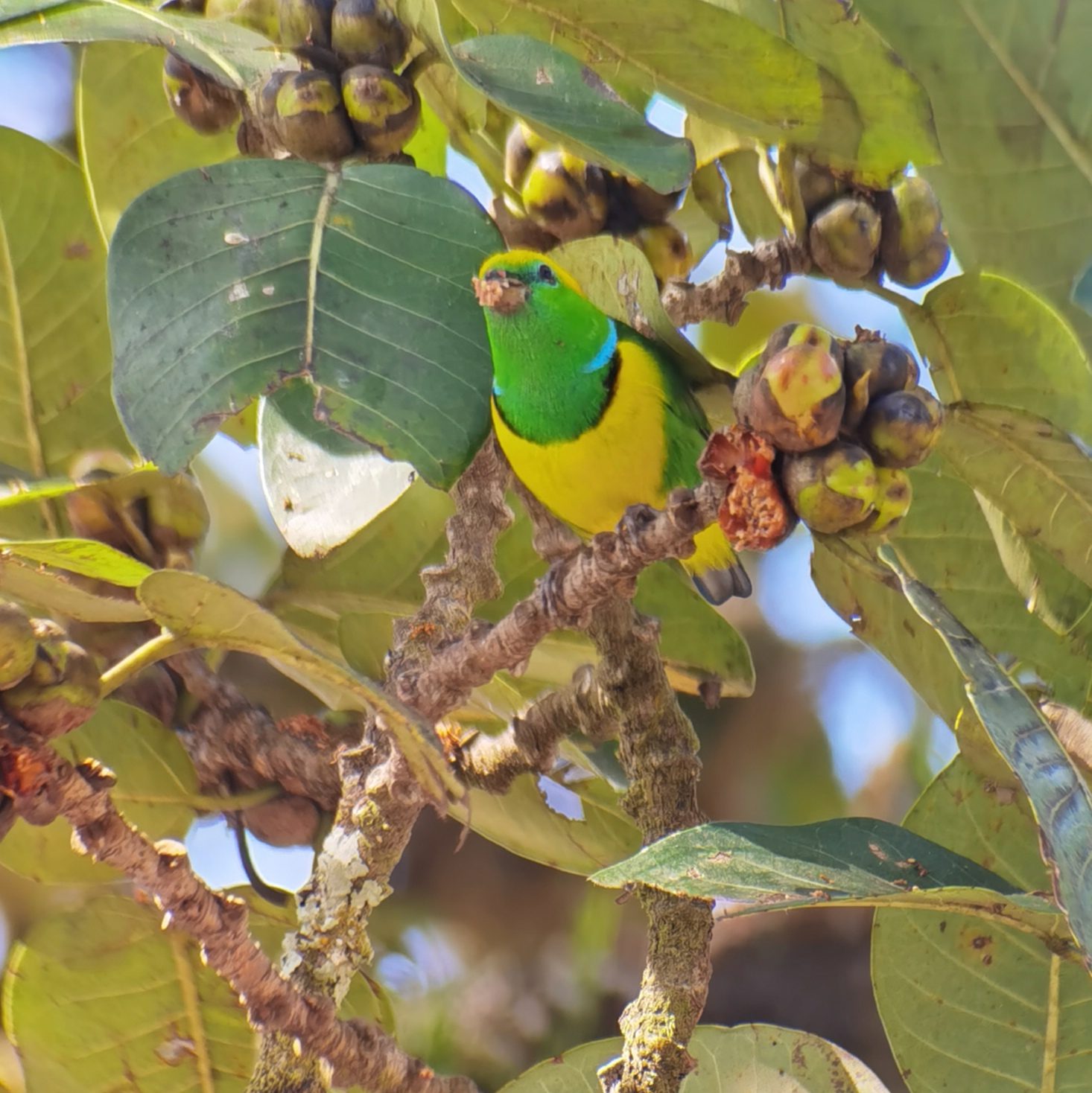
Where else in the world can you count 30 bird species just sitting at breakfast looking out of the window or checking in at the hotel at the reception?
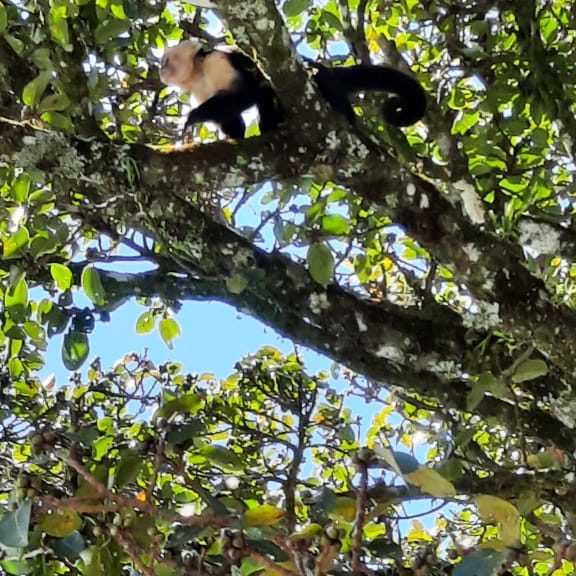
Send us your favorite Senda Fig Tree Animal Picture and we will add it to this blog!
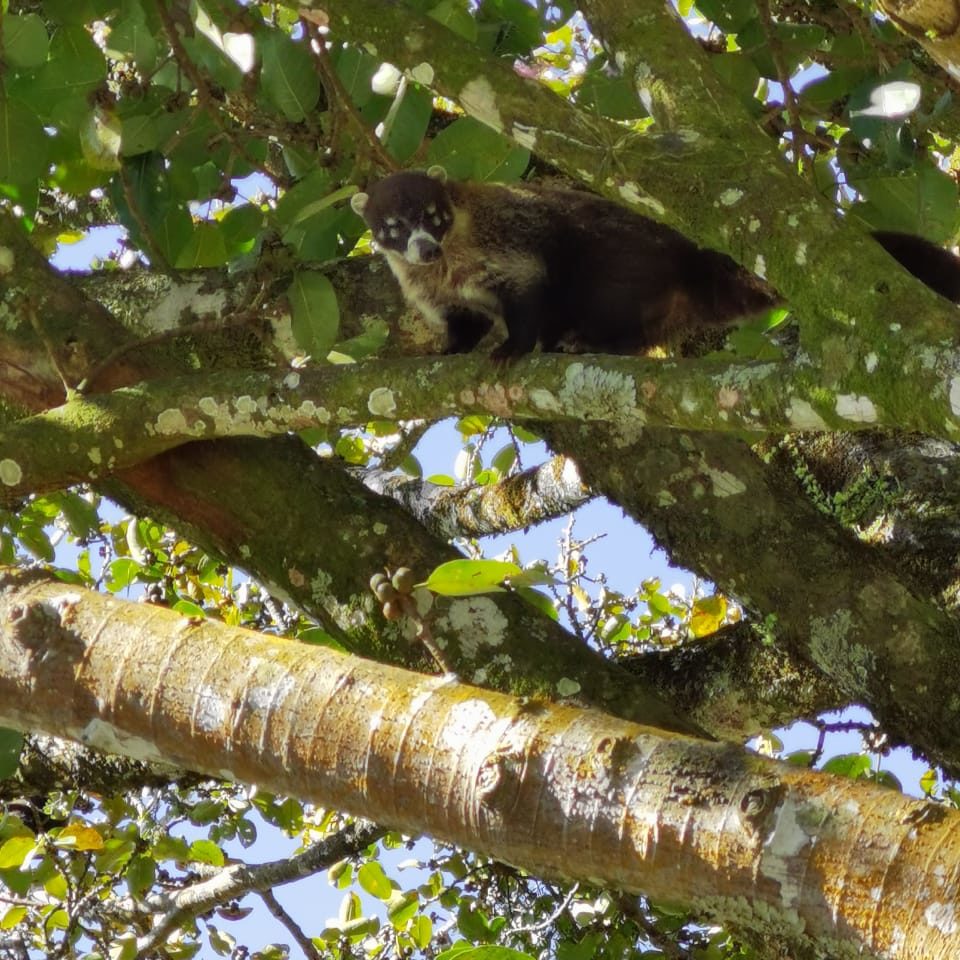


5 Responses
Que linda naturaleza, muchas gracias Hans x tan hermoso comentario y bellas fotos..
Trabajar en senda monteverde ha sido para mi una maravillosa experiencia. la cual me siento agradecido con Dios por que me ha dejado encontrar nuevamente con mi segunda familia y la misma filosofía natural y carismática que comparto en el día a día con cada uno de mis compañeros y ése entusiasmo y pasión que creamos para hacer y lograr un impacto profundo y positivo con cada persona que nos visitan.
Gracias Pedro. Seguimos para adelante.
Hermosas fotos y mensaje, los felicito!
muchas gracias. saludos.